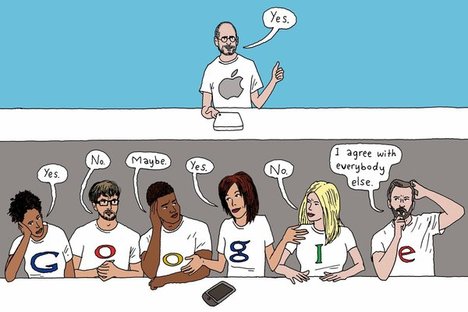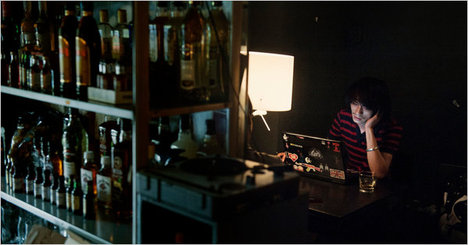“Maj. Arthur Murray in 1954.” Source of caption and photo: online version of the NYT article quoted and cited below.
(p. A18) “I begin to feel weightless, and I’m flying so fast my instruments can’t keep up — they show what happened two miles ago. I’m climbing so steeply I can’t see the ground, and I feel confused. I have a sense of falling and I want to grab something for support.”
It was May 28, 1954, and Maj. Arthur Murray, test pilot, would wrestle for the next 15 terrifying seconds with a rocket plane racing over 1,400 miles an hour and spinning wildly, supersonically out of control. In the turmoil, he would fly higher than any human being had ever been, 90,440 feet over the earth.
Finally, Major Murray’s plane, a Bell X-1A, sank back into heavier air, and he had time to look at the dark blue sky and dazzling sunlight. He became the first human to see the curvature of the earth. At the time, he was called America’s first space pilot.
Arthur Murray, known as Kit, died on July 25, in a nursing home in the town of West in Texas, his family said. He was 92. He requested that his ashes be scattered over the Mojave Desert, where some of his fellow test pilots crashed and died.
Tom Wolfe marveled at the test pilots of Edwards Air Force Base in his 1979 book “The Right Stuff” exclaiming, “My God — to be part of Edwards in the late forties and early fifties!”
For the full obituary, see:
DOUGLAS MARTIN. “Arthur Murray, Test Pilot, Is Dead at 92.” The New York Times (Fri., August 5, 2011): A18.
(Note: the online version of the story is dated August 4, 2011.)
The wonderful Tom Wolfe book mentioned is:
Wolfe, Tom. The Right Stuff. New York: Farrar, Straus & Giroux, Inc., 1979.






